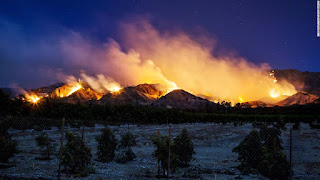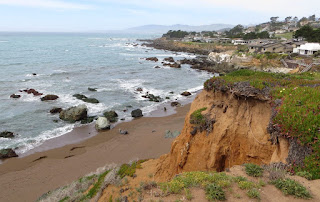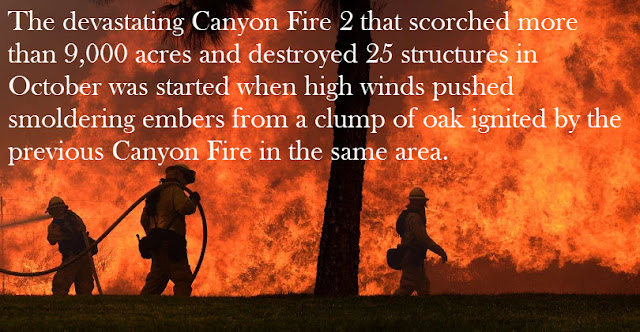Landscaping for Water Savings

Dwarf Coyote Brush, or simply called 'Pigeon Point', is a native to the Californian coast and central valley and has been receiving attention for a number of reasons: fire hardiness, drought tolerance, and low maintenance. source: Copyright © GardenSoft 2018 Water saving landscapes offer a break from the heat by spending less time and money on watering and more time spent on enjoying the landscape. Pigeon Point brush, native to California, is making comeback among gardeners after surviving the intense 2017 fire season. However, one does not need to be Californian to take advantage of the water savings associated with native plant species. Keep reading below for some water saving landscaping tips that are easier than you think. A rock, the size an adult can carry comfortably, place on the south or west side of the plant will provide a cool, moist area beside the developing root ball. source: Ojai Valley Land Conservancy The best water-saving landscapes use












